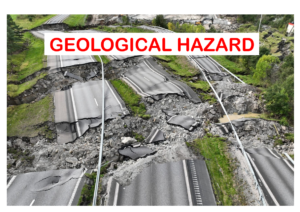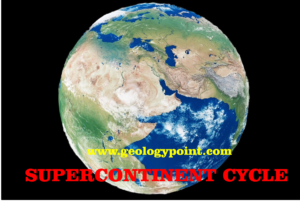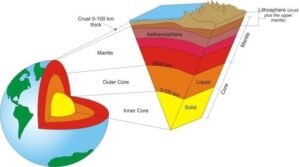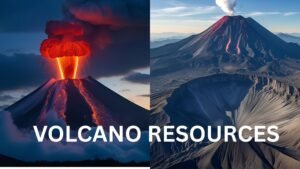We live on a dynamic planet. Beneath the surface of our seemingly solid Earth lies a world in constant motion — shifting plates, grinding faults, rising magma, and flowing debris. While this restless energy shapes mountains, builds continents, and supports ecosystems, it also brings danger. When nature’s forces erupt suddenly and violently, we face what scientists call geological hazards.
These hazards from earthquakes to landslides, have shaped human history, altered landscapes, and claimed countless lives. In this article, we’ll explore some of the most significant geological hazards in the world, how they form, where they strike, and what we can do to live more safely on our restless Earth.
Earthquakes: The Ground Beneath Our Feet
If there’s one geological hazard that strikes without warning, it’s an earthquake. Caused by the sudden release of stress along faults or fractures in the Earth’s crust, earthquakes send shockwaves through the ground, shaking buildings, cracking roads, and toppling infrastructure.
Why They Happen
Most earthquakes occur along tectonic plate boundaries, where the Earth’s plates meet and grind against each other. The energy builds up slowly over years or centuries and is released in seconds.
Where They Strike
Some of the most earthquake-prone regions include:
- The Ring of Fire around the Pacific Ocean (Japan, Indonesia, Chile, etc.)
- The Himalayan region, including Nepal and northern India
- Parts of California, along the San Andreas Fault
Impact
The 2010 Haiti earthquake and the 2004 Indian Ocean earthquake (which triggered a devastating tsunami) are stark reminders of how deadly these events can be. The challenge isn’t just the shaking itself, but the vulnerability of the buildings and people above.
Volcanic Eruptions: When Mountains Explode
Volcanoes are awe-inspiring features of our planet, both destructive and creative. They form at tectonic plate boundaries or hotspots where magma from deep inside Earth rises to the surface.
Why They Happen
Magma builds up in underground chambers. When the pressure becomes too great, it forces its way out through a volcanic vent, often explosively. Eruptions can release lava, ash, gas, and pyroclastic flows — fast-moving clouds of superheated gas and rock.
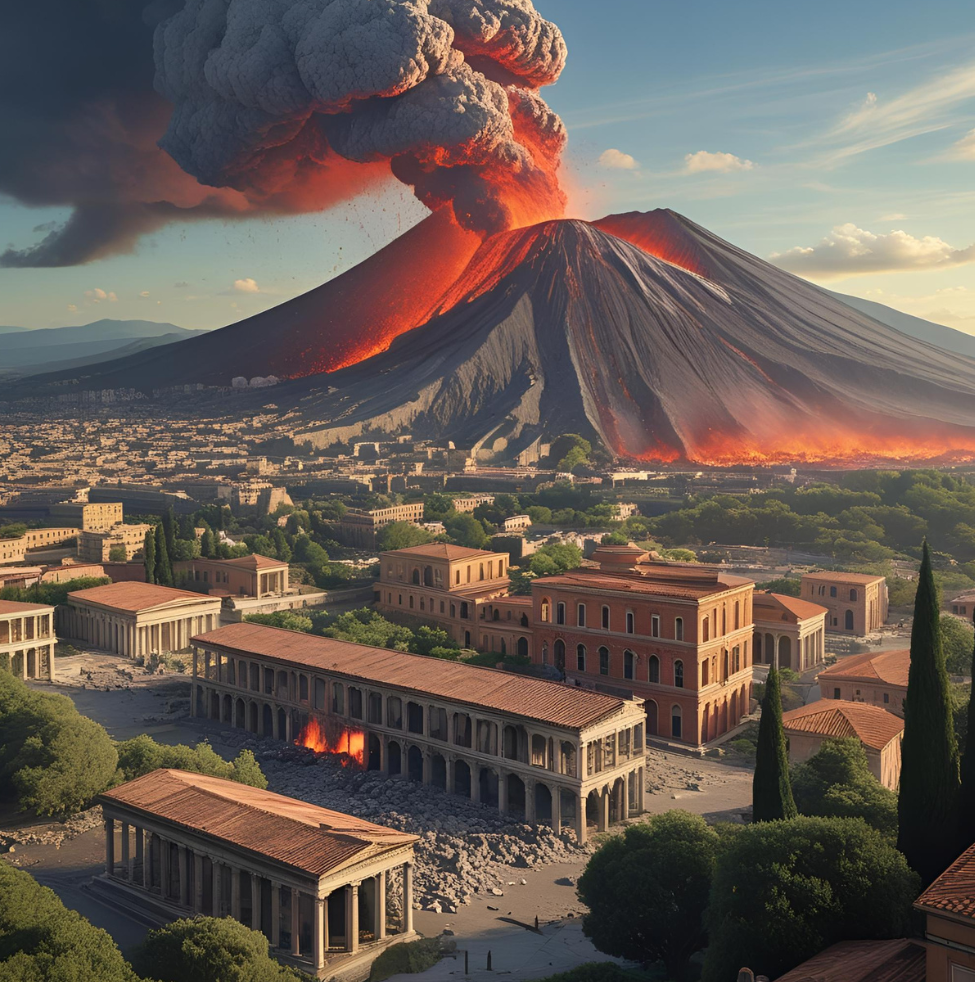
Famous Eruptions
- Mount Vesuvius (AD 79) buried Pompeii.
- Krakatoa (1883) caused massive tsunamis and global climate effects.
- Mount St. Helens (1980) changed the landscape of Washington State.
Today, Mount Etna, Mount Merapi, and Kilauea are among the most active volcanoes, continuously reminding us of their presence.
Tsunamis: The Sea Turns Deadly
A tsunami is not just a big wave — it’s a series of waves caused by underwater disturbances, usually earthquakes. These waves travel at jetliner speeds across the ocean and rise dramatically when they reach shallow coastal waters.
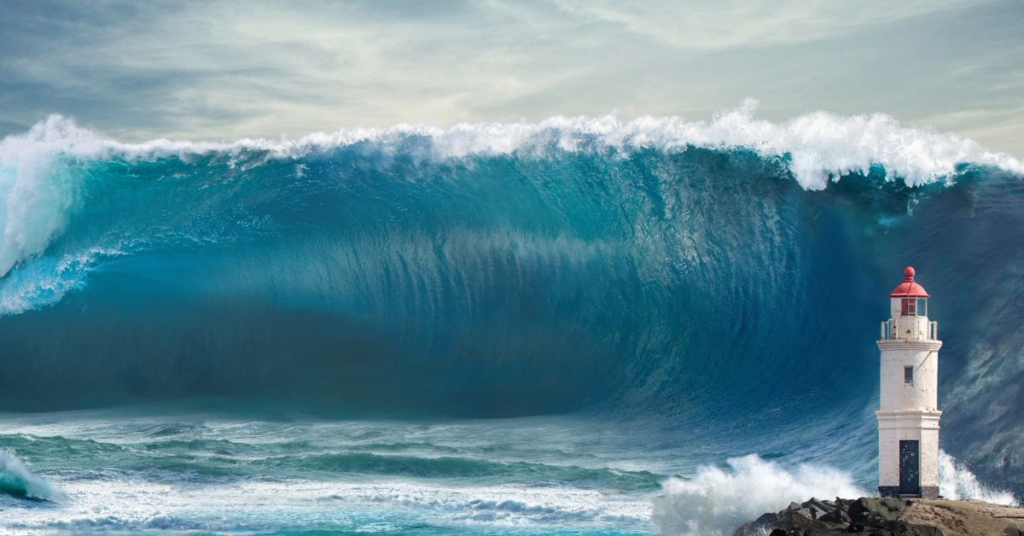
Causes
Tsunamis are triggered primarily by:
- Submarine earthquakes
- Underwater landslides
- Volcanic eruptions or even meteor impacts
Deadliest Event
The 2004 Indian Ocean tsunami, triggered by a magnitude 9.1 earthquake off Sumatra, killed over 230,000 people across 14 countries. It remains one of the deadliest natural disasters in recorded history.
Tsunamis are particularly dangerous because they can strike with little warning and affect distant coastlines hours after the initial event.
Landslides: Earth on the Move
Landslides are the downward movement of rock, earth, or debris due to gravity. They can be sudden or slow, and often follow heavy rainfall, earthquakes, volcanic eruptions, or human activities like mining or deforestation.

Types
- Debris flows: Fast, wet, and often deadly
- Rockfalls: Sudden collapse of rock from cliffs
- Creep: Slow, gradual movement of soil or rock
Global Hotspots
Mountainous regions like the Himalayas, Andes, and Alps are especially vulnerable. In 2013, a landslide in Uttarakhand, India, compounded by heavy monsoon rains and unregulated development, caused widespread destruction and loss of life.
Landslides are often underestimated but cause significant damage and fatalities every year.
Sinkholes: When the Ground Disappears
Sinkholes can seem like something from a science fiction movie, the ground suddenly collapses and swallows whatever is above it. In reality, they’re a geological hazard linked to the dissolution of soluble rocks like limestone, gypsum, and salt.
Why They Occur
When underground cavities formed by dissolving rock become too large to support the overlying material, the ground collapses. Sinkholes are often triggered by:
- Excessive groundwater pumping
- Heavy rainfall
- Construction or drilling
Notable Cases
In 2013, a man in Florida tragically died when a sinkhole opened beneath his bedroom. In Guatemala City, massive urban sinkholes have appeared due to poor drainage and weak subsurface conditions.
While sinkholes may not be as widespread as other hazards, their sudden and unpredictable nature makes them particularly alarming.
Liquefaction: Solid Ground Turns to Slush
Liquefaction occurs during strong earthquakes when saturated, loose soils temporarily lose their strength and behave like a liquid. This causes buildings and roads to tilt, sink, or collapse — even if they weren’t directly damaged by the quake.
How It Happens
As seismic waves pass through the ground, water pressure between soil particles increases, reducing friction and stability. Structures built on such soils are especially vulnerable.
Where It’s a Risk
Coastal cities and river plains built on reclaimed or waterlogged land are most susceptible, like Christchurch, New Zealand, where liquefaction caused widespread damage during the 2011 earthquake.
Subsidence: A Slow, Sinking Threat
Subsidence is the gradual sinking of the Earth’s surface due to natural or human causes. Unlike sudden sinkholes, subsidence usually unfolds slowly, but its impact can be equally severe.

Causes
- Natural compaction of sediments
- Groundwater or oil extraction
- Mining activities
Examples
- Jakarta, Indonesia, is sinking by several centimeters each year.
- Parts of California’s Central Valley have subsided by over 30 feet due to excessive groundwater pumping.
Subsidence doesn’t grab headlines like earthquakes, but it affects infrastructure, agriculture, and urban development on a global scale.
Preparing for the Unpredictable
While geological hazards can’t be prevented, their impacts can be mitigated through science, planning, and public awareness. Here’s how:
- Monitoring and Early Warning: Networks of seismographs, GPS stations, satellites, and volcano observatories help detect early signs of activity.
- Engineering Solutions: Earthquake-resistant buildings, tsunami barriers, and proper drainage systems reduce risks.
- Education and Drills: Knowing how to react in an emergency, whether during a quake or evacuation, saves lives.
- Land Use Planning: Avoiding construction in hazard-prone zones is critical for long-term safety.

